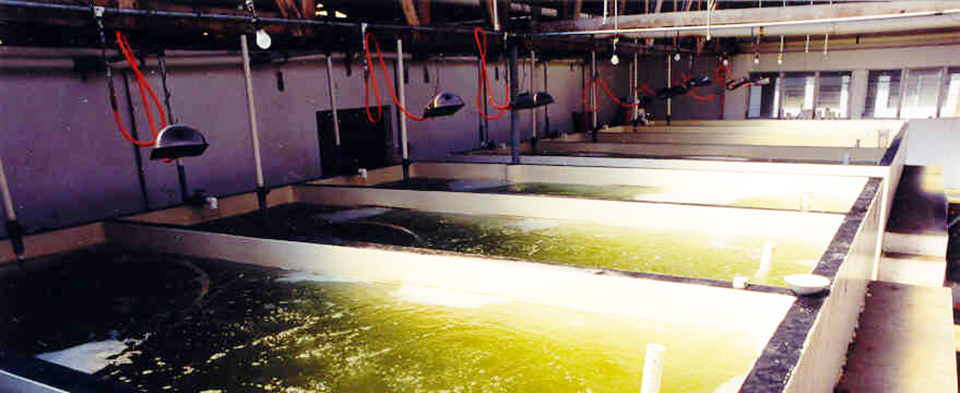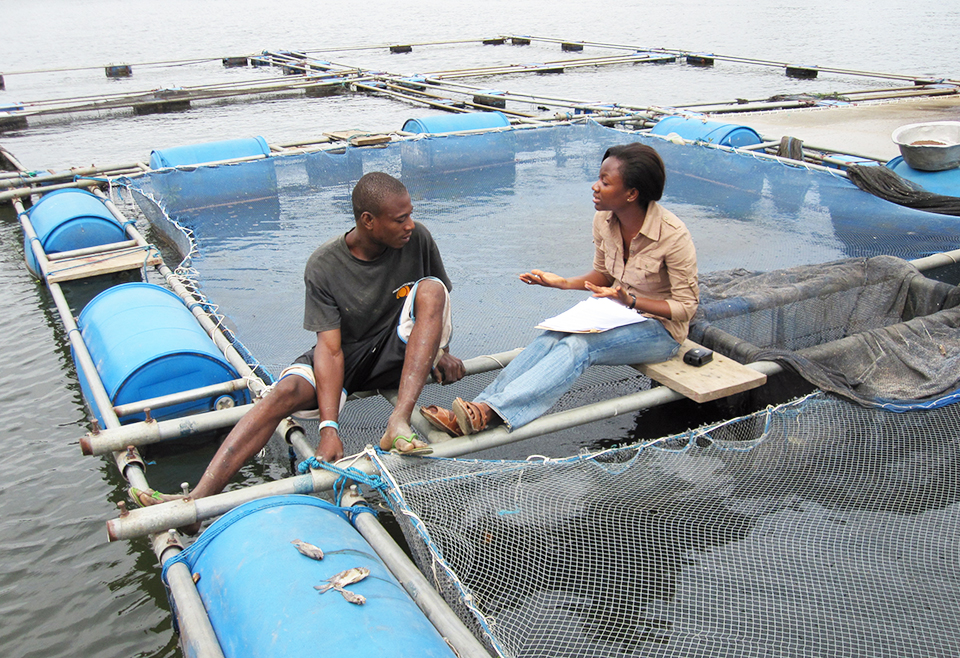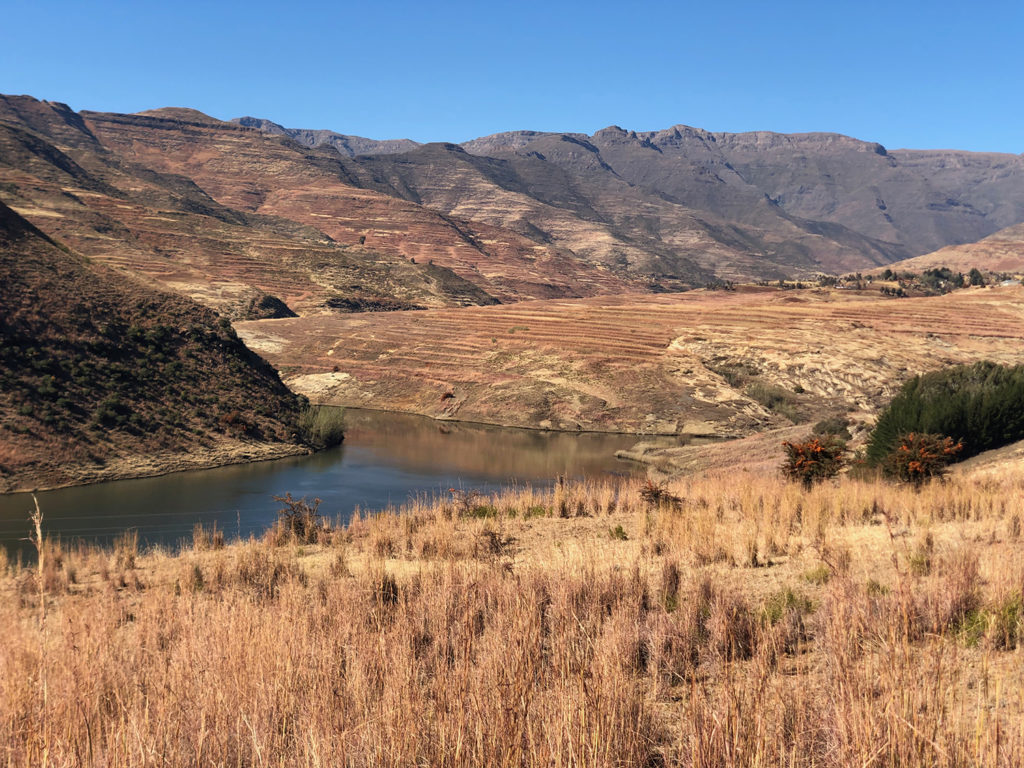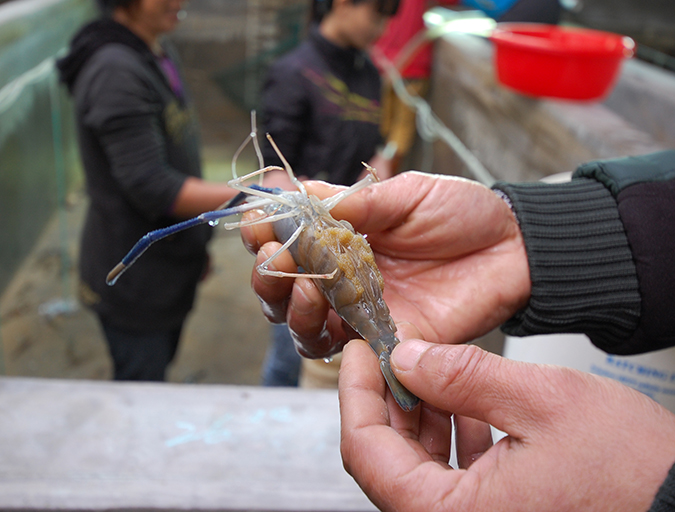Aim is to improve the health and quality of hatchery-produced postlarvae

At a November 1999 United Nations Food and Agriculture Organization (FAO) workshop in Cebu, Philippines, representatives of 14 shrimp-producing countries, including five from Latin America, discussed strategies for globally controlling shrimp diseases. Their ideas were further discussed at the APEC/NACA/FAO/SEMERNAP workshop on “Trans-boundary Aquatic Animal Pathogen Transfer and the Development of Harmonized Standards on Aquaculture Health Management,” held in Puerto Vallarta, Mexico, in July 2000.
Consensus indicated the final strategies should be incorporated into an FAO project aimed at assisting member countries, particularly those in Latin America. Although shrimp farming in Latin America is one of the major foreign-exchange earners in the region, disease outbreaks have decreased production significantly in many countries. The resulting economic losses and their impacts affect both national economies and the livelihoods of poorer sectors.
Regional cooperation
In early 2001, the government of Ecuador made a formal request to FAO for technical assistance to combat its serious shrimp disease problems. In consultation and agreement with other shrimp-producing countries in the Americas, FAO prepared a regional technical cooperation program project to address shrimp health in the region.
The development objectives of the project were to secure and increase the income of the shrimp farmers in Latin America by improving national income, food security status, and rural livelihoods by minimizing outbreaks of disease in shrimp aquaculture. Fourteen regional countries – Belize, Brazil, Colombia, Costa Rica, Cuba, Ecuador, El Salvador, Guatemala, Honduras, Mexico, Nicaragua, Panama, Peru and Venezuela – participated.
The project attempted to achieve its objectives through a program for improving the health and quality of hatchery-produced shrimp postlarvae that compiled hatchery technical standards for producing healthier Penaeus vannamei. It also hoped to improve farmers’ disease control and health management practices, and establish an information system on aquatic animal health to provide vital information during the movement of live aquatic animals, with special reference to reducing transboundary pathogen movement.
Hatchery seedstock
In recent years, shrimp health concerns led to a revival of interest in hatchery-produced postlarvae (PL). Shrimp from certain countries were widely believed to be less sensitive to Taura Syndrome Virus (TSV) than those from other areas, and this led to a lucrative trade in broodstock, nauplii, and PL. Unfortunately, the arrival of WSSV in the late 1990s exposed the local hatchery operators to the possibility the disease might be spread by such transfers if they were not accomplished using appropriate controls and regulation.
Development of disease resistance
At the same time, several producers experimented with the breeding of survivors of TSV outbreaks in an attempt to develop lines of shrimp with greater resistance to the virus. The best surviving, but not necessarily disease-free animals, were chosen to develop these specific pathogen-tolerant (SPT) shrimp. The WSSV epidemic and risk of vertical transmission accelerated this effort and led to a greater interest in genetics and breeding, and a recognition that wild sources of shrimp represented a significant disease risk.
Specific pathogen-free (SPF) shrimp, certified free from specified diseases and held throughout their lives in closed systems, have also been used, but with less frequency. Such animals are generally brought in from isolated breeding centers in the United States.
Biosecurity and health management
Hatchery operators reviewed their operations and focused on improving the biosecurity and health management of their production systems. However, currently there are few harmonized technical standards for the hatchery production of PL. It is imperative that such standards be developed and agreed upon by the hatchery producers, both nationally and internationally.
Domesticated stocks
The most effective way to solve PL quality problems would be to use postlarvae derived from domesticated stocks rather than captured broodstock. However, this change will require considerable further research and field-testing, and is still in its infancy.
At least survival in ponds can be improved through appropriate screening of PL for pathogens prior to stocking. Screening procedures are already established, but some training, capacity building, and upgrading of hatcheries and diagnostic centers are needed.
Hatchery standards
At the August 2001 inception workshop for the regional technical cooperation project, representatives of each country responded to a questionnaire on shrimp maturation and hatchery practices in their countries. The questionnaire concentrated on facility types and sizes, species, health management and treatment procedures, production, quality assessment, and other issues.
The responding information and knowledge gained through a series of workshops attended by experts and industry representatives during the past two years provided the basis for regional hatchery technical guidelines.
At the final field activity of the project, a third regional workshop on postlarval health held in Guayaquil, Ecuador, in May 2003, national coordinators from 13 regional countries finalized the hatchery technical standards for producing better-health P. vannamei postlarvae. The standards will be published late this year.
It is hoped the regional technical standards will help hatchery operators improve their management practices and regional governments develop the regulatory measures necessary to improve the overall quality of the PL produced, thus improving regional shrimp production and maintaining sustainability.
Capacity building
The project field activities included four regional workshops on shrimp health and two regional laboratory-training workshops on “Shrimp Disease Diagnostics and Validation of Diagnostic Techniques.” Both training workshops, run by Dr. Donald Lightner with the support of CIAD, Mazatlan, had theoretical and practical components. An additional workshop on “Risk of Trans-boundary Aquatic Animal Pathogen Transfer” was organized by APEC, NACA, FAO, and SEMARNAP in Mazatlan, Mexico.
AAPQIS system
The Latin American Chapter of the FAO Aquatic Animal Pathogen and Quarantine Information System (AAPQIS) will soon be fully functional and available to the public. AAPQIS is a collection of scientific literature that details the global occurrence of pathogens and diseases of aquatic animals. The system includes mapping and regional cross-referencing tools to help in prevention and limiting the spread of disease.
(Editor’s Note: This article was originally published in the August 2003 print edition of the Global Aquaculture Advocate.)
Now that you've reached the end of the article ...
… please consider supporting GSA’s mission to advance responsible seafood practices through education, advocacy and third-party assurances. The Advocate aims to document the evolution of responsible seafood practices and share the expansive knowledge of our vast network of contributors.
By becoming a Global Seafood Alliance member, you’re ensuring that all of the pre-competitive work we do through member benefits, resources and events can continue. Individual membership costs just $50 a year.
Not a GSA member? Join us.
Authors
-
Victoria Alday de Graindorge, Ph.D.
INVE Technologies NV
Oeverstraat 7
B-9200 Baasrode, Belgium -
Rohana Subasinghe, Ph.D.
Senior Fishery Resources Officer (Aquaculture)
Fisheries Department
FAO, Rome, Italy
Tagged With
Related Posts

Intelligence
10 takeaways from GOAL 2019 in Chennai, India
The Global Aquaculture Alliance held its GOAL conference in Chennai, India, and recruited a host of experts in various fields to share their expertise.

Health & Welfare
A look at tilapia aquaculture in Ghana
Aquaculture in Ghana has overcome its historic fits and starts and is helping to narrow the gap between domestic seafood production and consumption. Production is based on Nile tilapia.

Innovation & Investment
Africa’s first land-based salmon farm a landmark for Lesotho
A Singapore-based company aims to make Lesotho, a nation of 2 million people, known for a local fish that’s truly anything but local: Atlantic salmon.

Intelligence
An inside look at Sino Agro Foods’ giant prawn MegaFarm
Sino Agro Foods has developed a proprietary recirculating aquaculture system that yields high production volumes and profitability. The facility should significantly contribute to seafood production in China and to help satisfy increasing demand for high value, safe and sustainably produced seafood.


